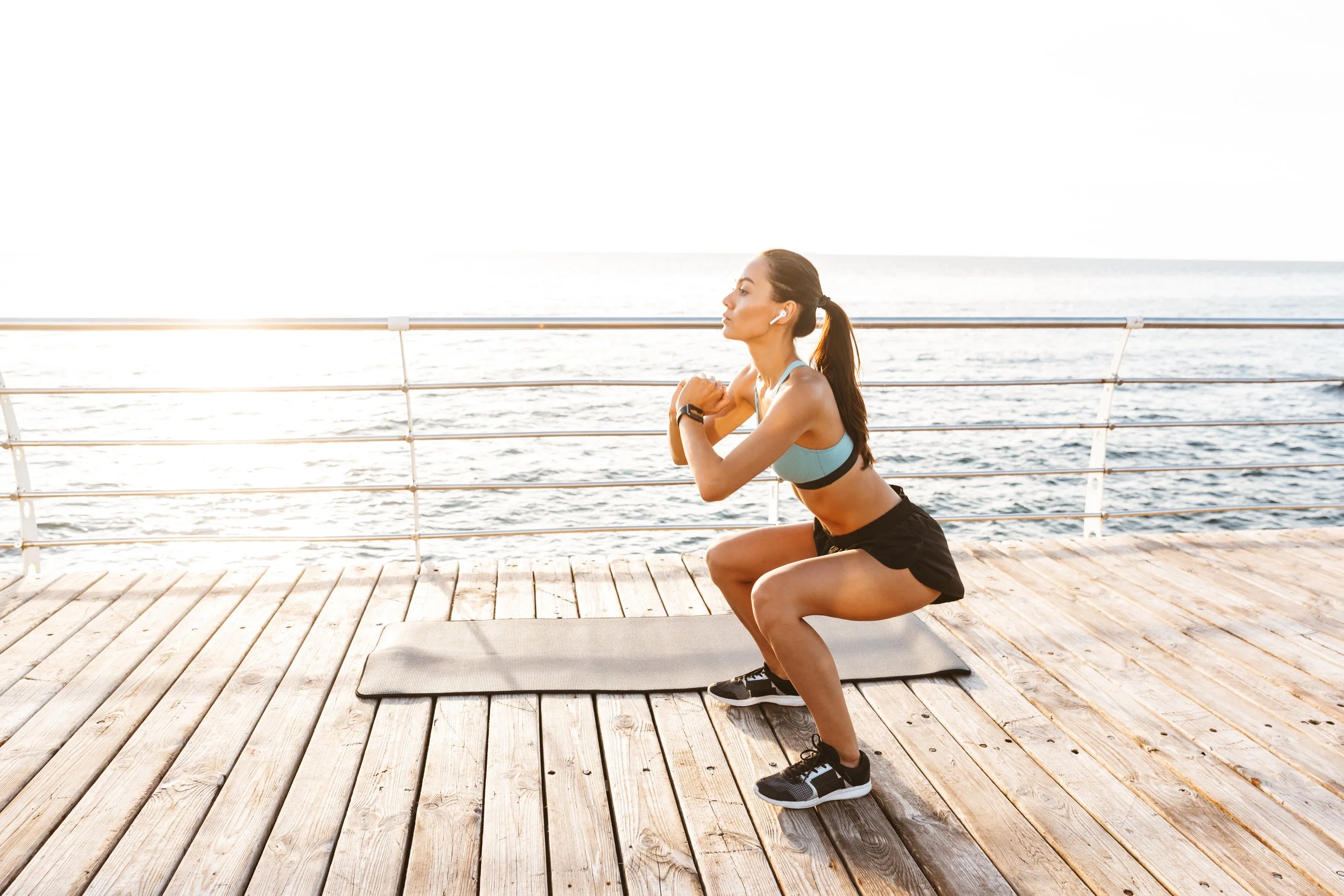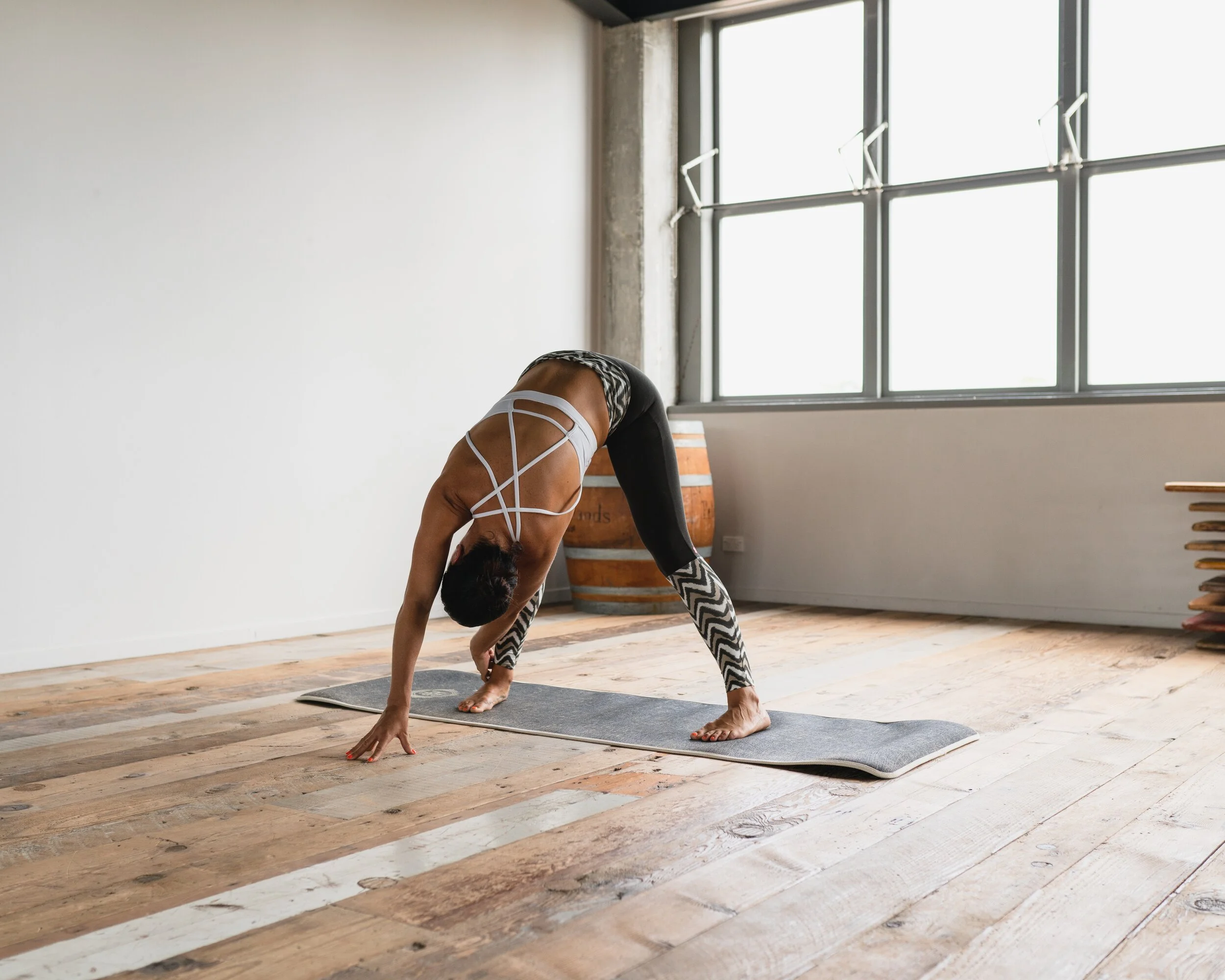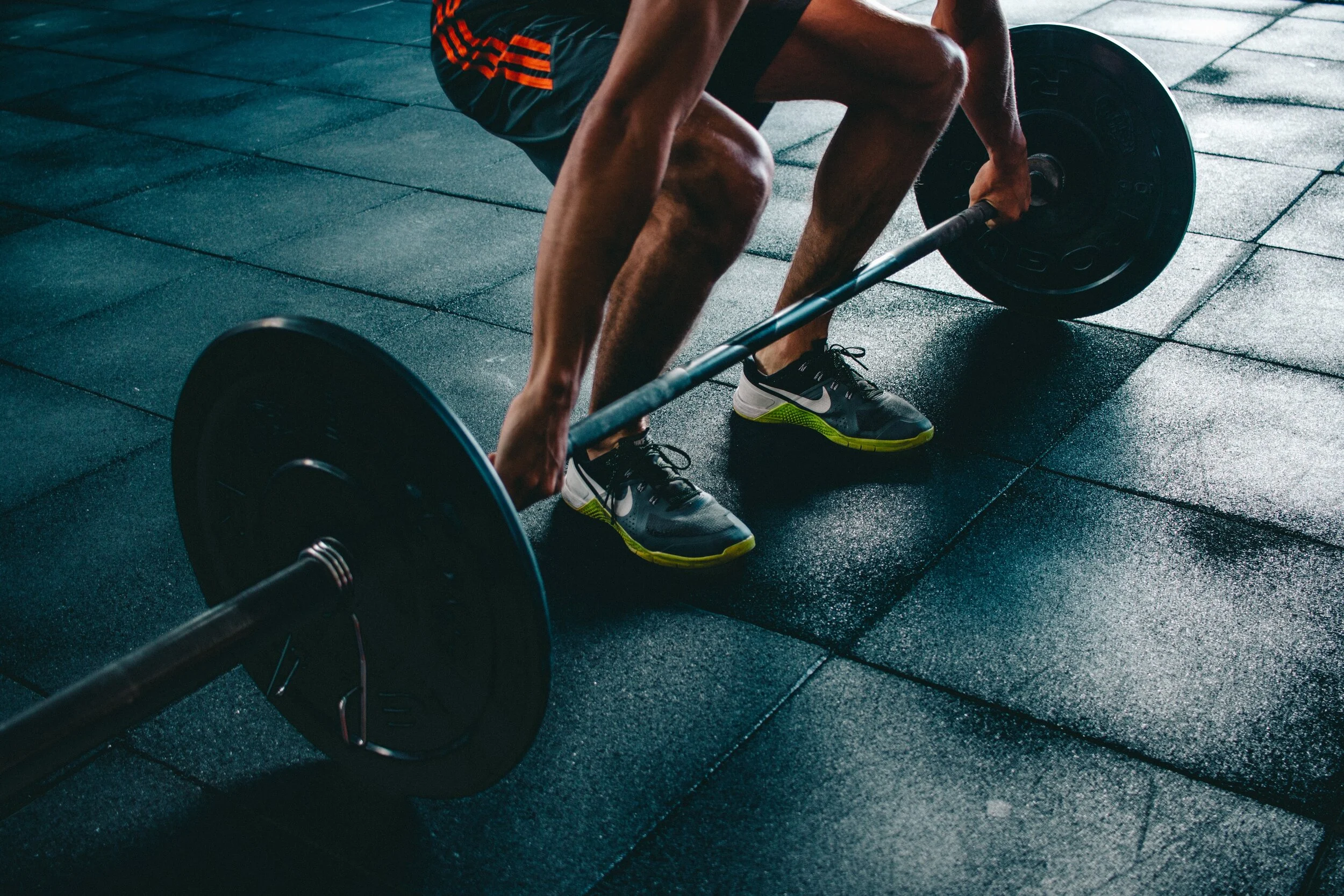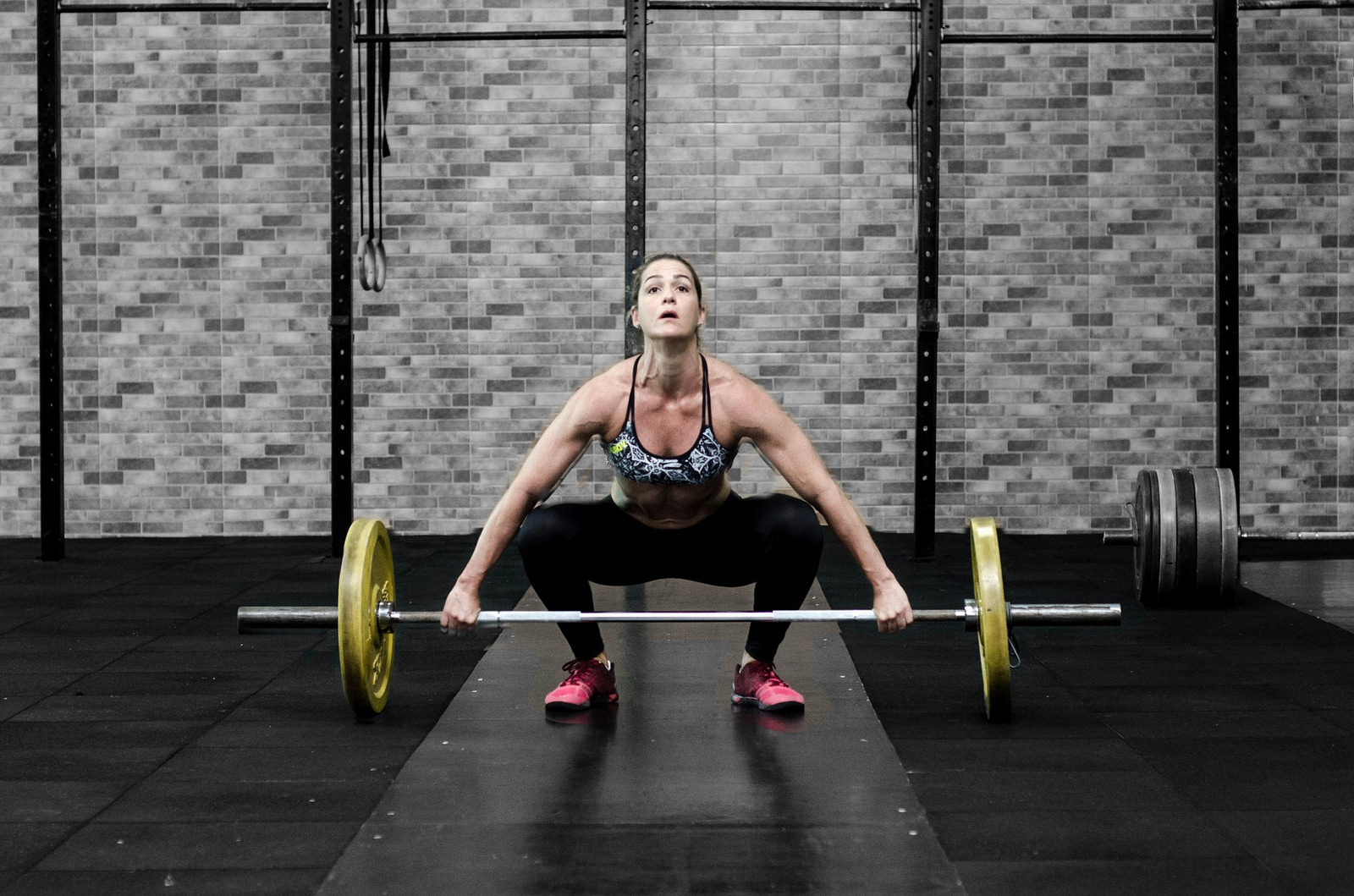Progressive Performance Q&A
By Justin Ho PT, DPT, CSCS
I had a chance to sit down with Jimmy McCurry, head coach and owner of Progressive Performance Strength and Fitness in Woodinville, WA. I've had the pleasure of working with Jimmy in the past, helping our mutual clients and patients rehab from their aches and pains and return to lifting heavy and safely at his gym. Here is our conversation talking about Progressive Performance and how his community is adjusting with the pandemic.
--
Me: Jimmy thanks for taking the time to sit down and chat with me today. I'm sure you've been busy adapting to the ever changing environment due to COVID-19. To get started, please tell us a little about what makes Progressive Performance different.
Jimmy: Glad we could find a time to chat! Progressive Performance is for people who don't know what they should be doing for their fitness journey and don't really know where to start. Maybe they've tried different forms of training that hasn't worked for them, or they've been battling with nagging injuries. We work with people who are interested in strength training and those who are looking for a personalized custom approach to their fitness that’s tailored to their specific needs. We do this in a small group environment that is community based. We take pride in meeting people where they are at fitness-wise, getting them stronger, helping them lose fat, and getting them the body of their dreams while also feeling great doing it.
Me: I understand you emphasize your programs around resistance training. Can you speak on that?
Jimmy: Our program is, as you mentioned, resistance training based. What we found is that when you focus on the resistance element, you can get really great results in body control, injury prevention, metabolism, and the ability to gain muscle. Our typical age demographic is between age 40-65, where resistance training to compete against sarcopenia and osteopenia is important. No matter where our clients start from, we can position them with a custom training program that's going to work with them specifically and progress their exercises appropriately so they'll continue to see improved strength and performance.
Me: That's fantastic. There is such a negative stigma behind strength training, but it's so important for individuals entering their 4th and 5th decade because of sarcopenia and osteopenia (muscle wasting and losing bone strength). When working with new clients, I'm sure you have many people coming in from different walks of life and fitness history. Tell us how you find a person's starting point.
Jimmy: With every new member, we sit them down with a coach for 1 hour to start. The first half hour is centered around goal setting and understanding their movement background and then during the second half of the hour we do a general movement screen. From gross moments to individual joint ranges of motions and strength. We formulate a custom warm up routine to address any limitations that we find so they can be as successful as possible with their lifts in the safest way possible.
Me: I understand during the first few months of the pandemic, you quickly switched your platform to online coaching and are still offering that to many of your members. As we are continually adjusting to the new normal due to the pandemic, I anticipate you're making a great effort to make your gym a safe and clean space. Can you expand a little more on this?
Jimmy: We have 5 clients to one trainer. In our facility, we set up specific boxes where people would train in. We have protocols in place where higher-touched surfaces are only in contact with our coaches. All of our coaches are required to wear masks. We open the facility, clients come in wash their hands and then go to the area they are assigned. All the equipment for that session will be already set up in the box the client will occupy for the entirety of the session. Nobody shares the equipment. We have 45 minutes of the session and a 15 minute cleansing time. We're doing whatever it takes to make our clients feel safe while they train.
Me: One of my patients mentioned that you were at the helm of getting smaller gyms like yours to open up earlier than originally planned. How did this transpire?
Jimmy: Yeah we actually spearheaded this effort to get small group fitness gyms into the earlier phases of re-opening. Originally we, gyms, were placed in phase 3; however we knew that with our set up we could definitely operate in an earlier phase while following all the precautions and limitations. We submitted a petition with 6500 signatures and sent it to the governor. We were actually broadcasted on local news and on a local radio station. So we thankfully were successful in sharing our message to the government that people are missing and needing their fitness. This ultimately resulted in getting smaller gyms into what we'll call phase 2.
Me: That's some incredible work. Well done!
Jimmy: For us it was more about what makes sense by science. Okay if you can sell a car or open a casino within a phase 1 situation, why can't you do something that's healthy for people. Why can't we let people invest in their fitness and help their immune system versus doing other things that would degrade their immune system. We are also invested in our clients results and invested in bringing greater health in the greater Seattle area. For us to do that, we had to fight the fight and get people back into the gym.
Me: I'm so glad that you had great success with this. Switching gears, I want to share one of my concerns as a physical therapist. You have people who have been either doing home workouts or not exercising at all for a few months. I am concerned that when they return or start up exercising again that they'll injure themselves simply because they've lost some conditioning. How do you plan on approaching this with your returning and new members?
Jimmy: When you're coming back to the gym, we are paying particular attention to the training stimulus. Understand that lifting 40-50% of your maximum ability is where you're going to start. You'll likely also be very sore after that first session back. The main theme is thinking light and easy. This applies both to decreased volume within the workout session and less frequency per week. The muscles remember where they were before, they'll eventually get back to their previous state in 3-4 weeks with steady progressive load. Our clients will be focusing on more full body workouts including pull, push, legs before focusing on individual groups per training session.
Me: That makes a lot of sense to me. Getting people more conditioned first before getting into strength work seems like a great recipe. Say that I wanted to get into strength training with Progressive Performance now, but I don't have any experience in any of those lifts or even the terminology, how do I start?
Jimmy: This is what we have our Jump Start program for. We have everything laid out in a 28 day program. New clients will come in for a movement evaluation, a nutrition evaluation, and they can come in as many times as they want to our small group sessions over those 28 days. Through our interaction we curate that program that's most appropriate for the new member. We'd recommend starting 2-3x/week and then building up to 4x/week. Here we discuss lifting form and make sure you receive live feedback on how to perform each of the exercises safely. After those 28 days, obviously we'd love to keep you as members, but for those who want to lift on their own at their gym, this is still a great gateway to understanding how to lift properly and safely.
Me: That sounds like a great way to get people who are interested in resistance training to do it right and safely. I really do believe your gym provides such a unique opportunity and gateway for individuals who may otherwise never think they’d be able to engage in weight lifting. Jimmy, it was great to chat with you today. Thanks so much for taking the time to sit down and work with me here!
---
You can find more information on Jimmy and Progressive Performance Strength and Fitness at https://www.progressiveperformance.com/
Woodinville, WA 98072




















